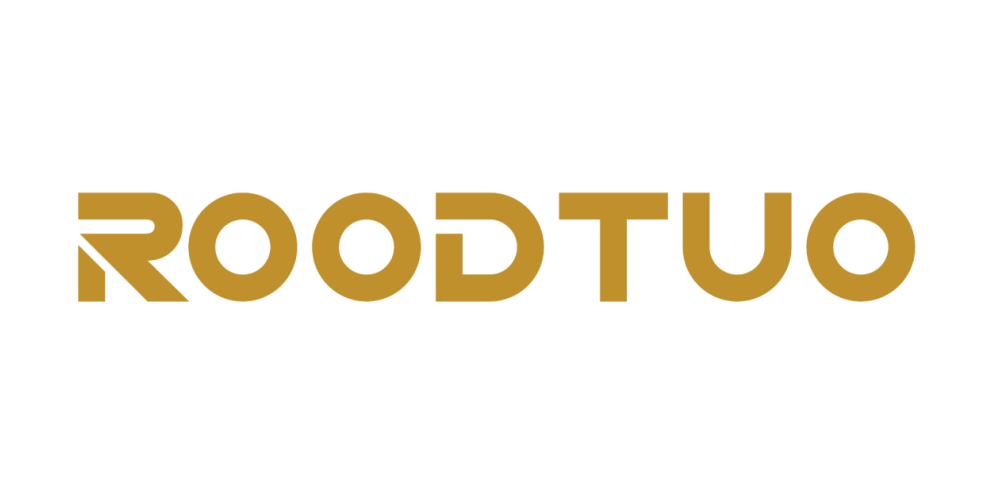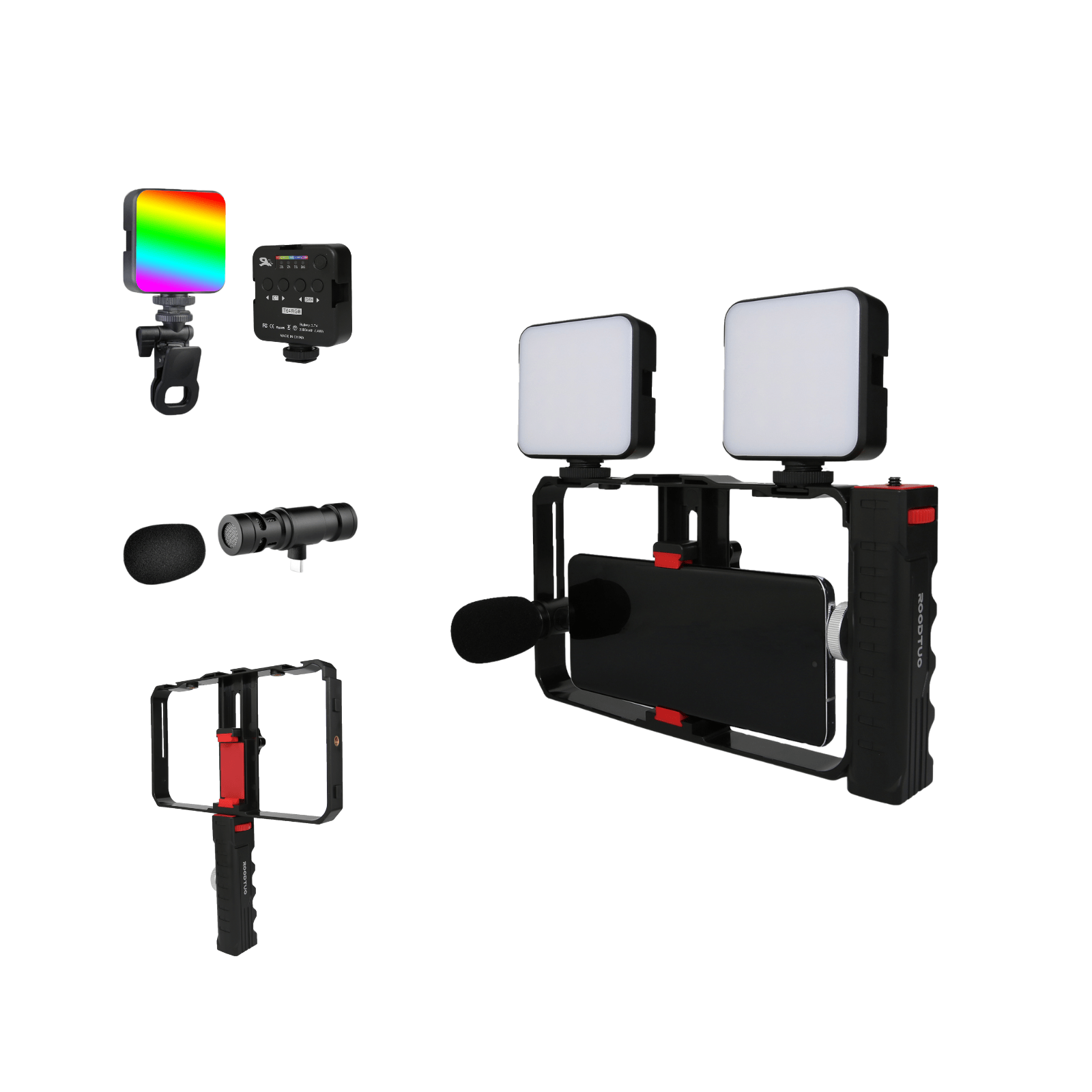It wasn’t long ago that mobile creators filmed using duct-taped tripods, desk lamps, and improvised mic setups. But today’s mobile production landscape looks very different. As content expectations have risen, so has the gear behind it. This evolution isn’t just about better technology—it’s about smarter workflows, enhanced professionalism, and creator confidence.
1. The Early DIY Stage
Every creator starts somewhere. In the beginning, setups were scrappy and spontaneous. Phones were propped up with coffee mugs, natural light was the only light source, and built-in mics captured every word (and background noise). Editing was often done on free mobile apps with basic functionality and watermarked exports.
This phase had its charm: it was low-pressure, flexible, and creatively free. But the limitations were clear—shaky footage, inconsistent lighting, and poor audio often made it harder for great ideas to shine.
2. The Semi-Pro Phase
As creators built audiences and honed their craft, they began investing in core tools. A sturdy tripod—like the T01 Lightweight Tripod—replaced stacks of books. Entry-level wireless mics (such as the MPC-C dual mic set) offered cleaner voice capture. Clip-on LED lights or ring lights improved skin tones and nighttime shooting.
Even small upgrades made a big difference—videos looked more polished, and creators spent less time fixing footage and more time creating.
3. Modular, Mobile-First Workflows
Today, mobile content creation has entered a modular era. Smart creators now build portable kits that offer flexibility and professional results without bulk.
Think: a compact gimbal like the Smart Cyclone II with AI tracking and no-balance startup; a T64RGB light with full-color control; a foldable SDT POP Max selfie tripod that opens in one motion.
Modern kits are built around speed, mobility, and multi-functionality. Everything works together—from smartphone clamps with cold shoe mounts for dual mics and lights, to neck-mounted POV holders and fast-charging fill lights.
Instead of adding more gear, creators are now choosing better gear—tools that adapt to different filming styles, platforms, and environments.
![]()
4. The Takeaway
You don’t need to go fully professional overnight. But understanding the path from DIY to modular workflow helps you make smarter investments.
Whether you’re a solo vlogger filming in your room or a travel creator capturing street food scenes in motion, your setup should serve your content—not slow it down. Modern mobile accessories let you produce fast, light, and pro-level content—without the hassle.
Start with what you have, upgrade with intent, and let your gear evolve alongside your storytelling.


Share:
How to Shoot Smooth Mobile Videos Without a Gimbal
Why Smart Cyclone II Is the Ultimate Gimbal for Mobile Creators in 2025